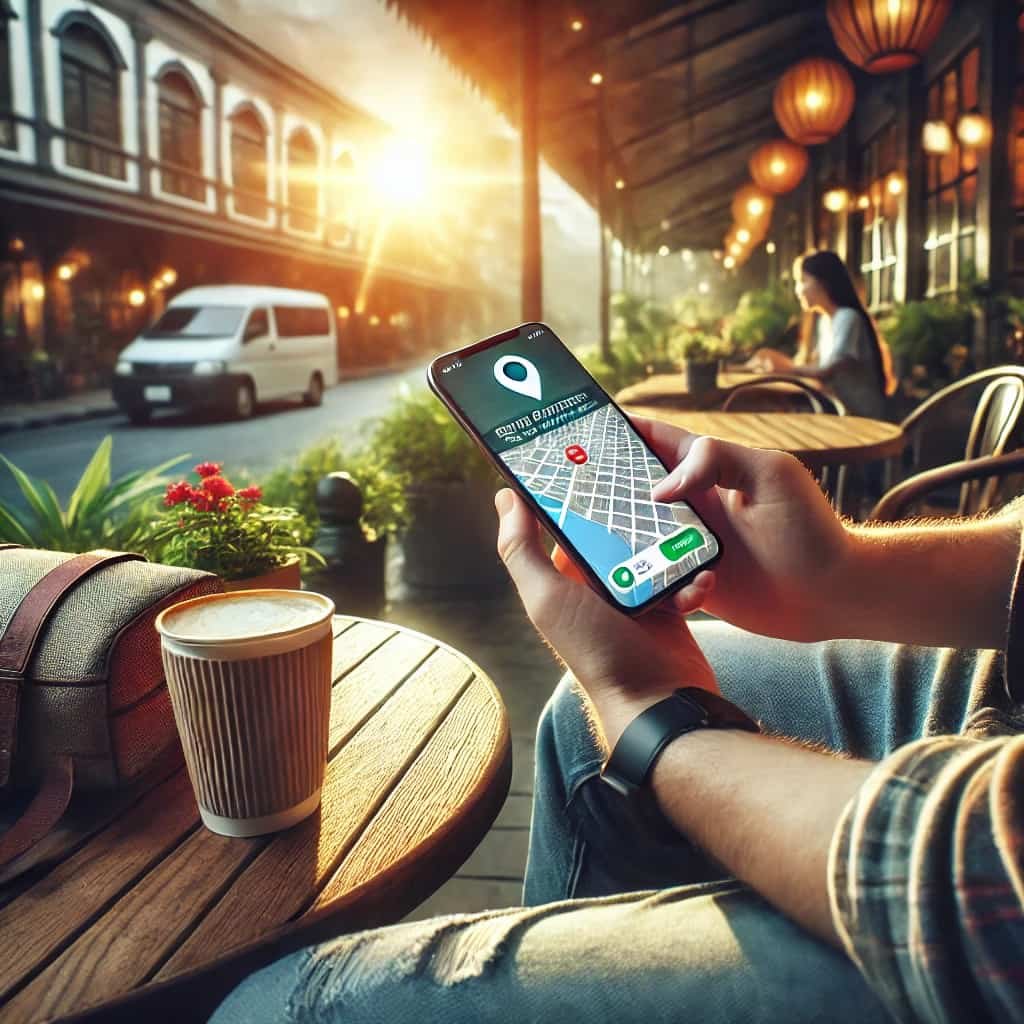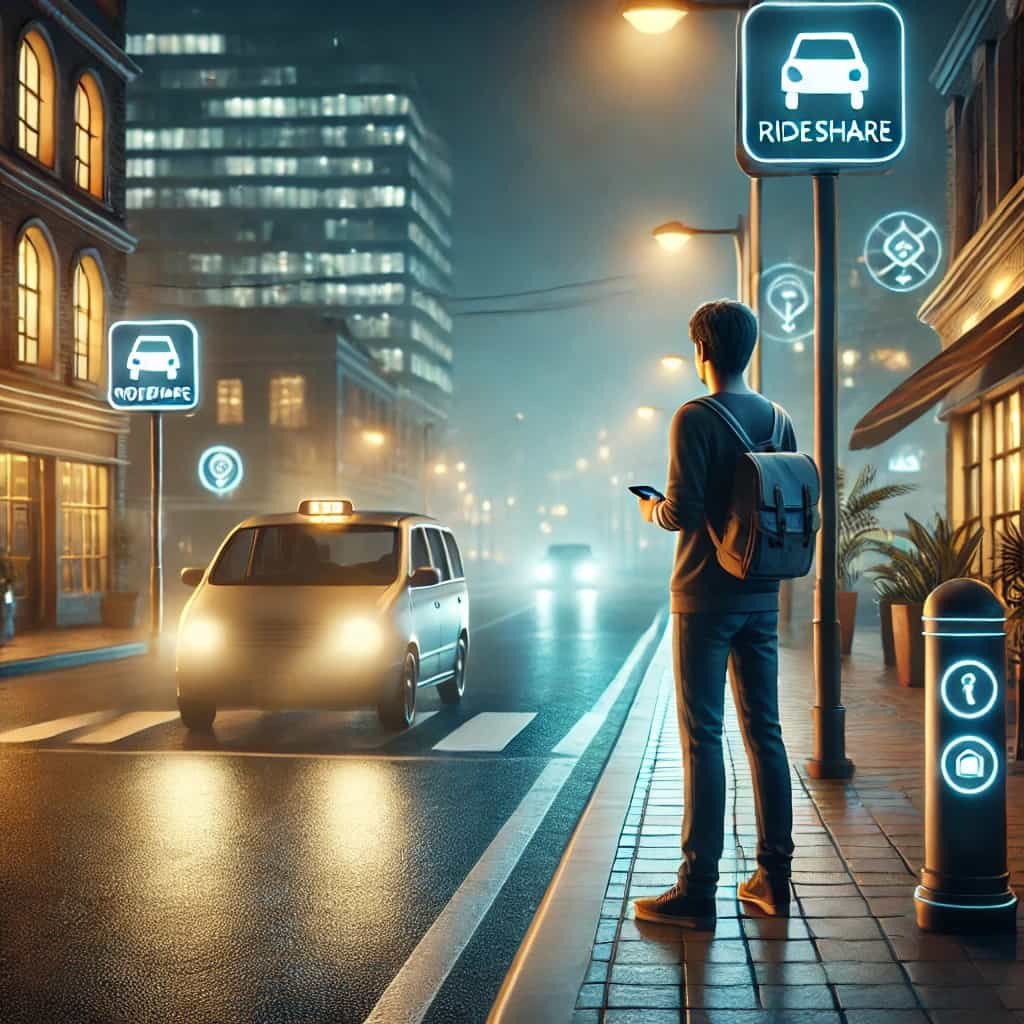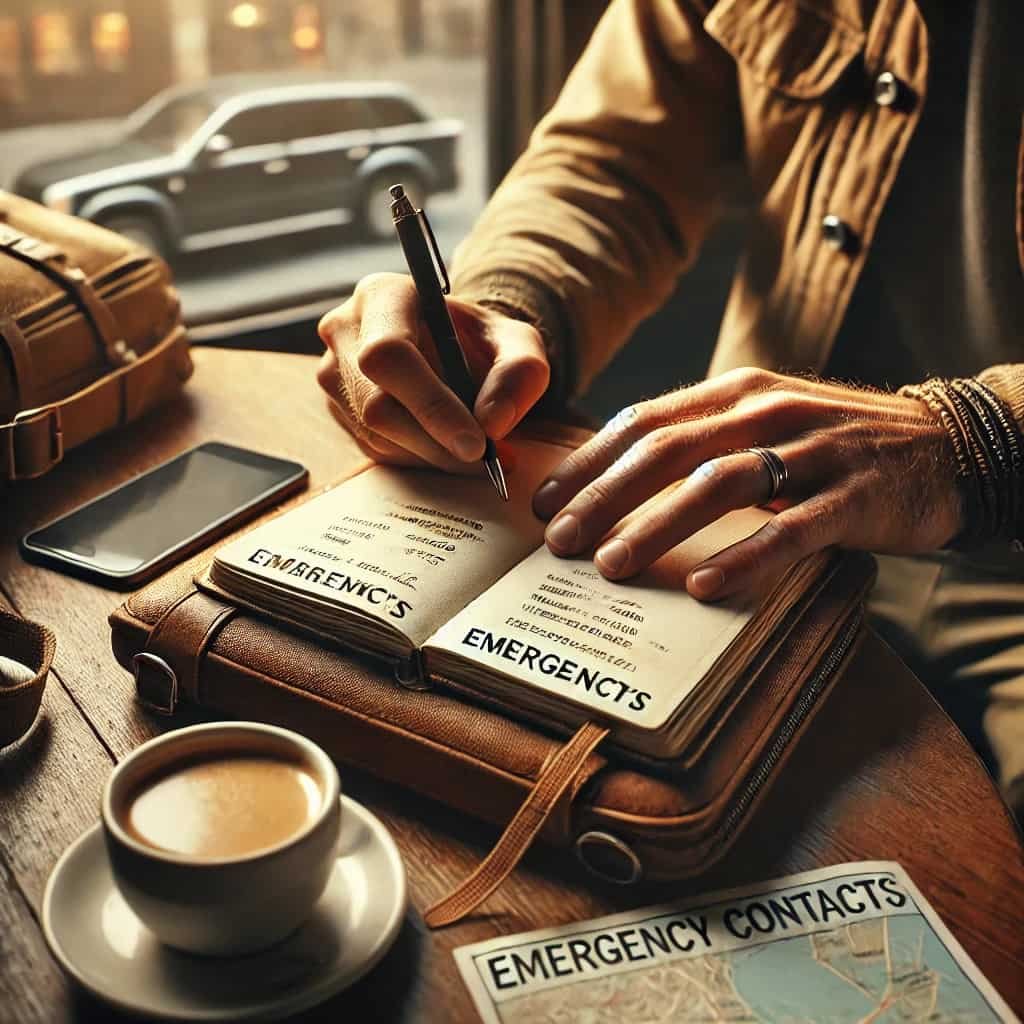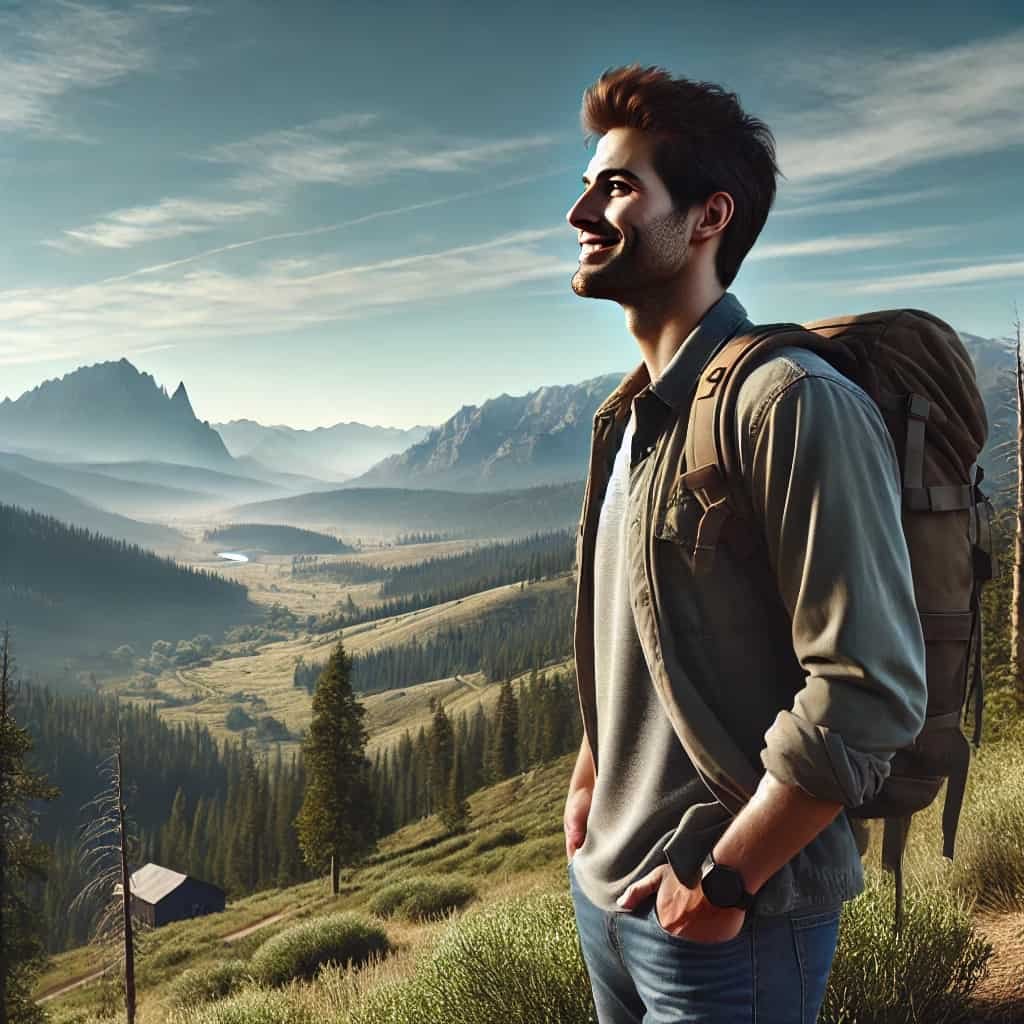Safety Tips for Solo Travelers in the US: Stay Secure on Your Journey
Traveling solo in the United States is an adventure like no other. Imagine standing atop the Grand Canyon at sunrise, strolling through the vibrant streets of New Orleans, or hiking the serene trails of Yellowstone—all on your own terms. Solo travel offers freedom, self-discovery, and unforgettable memories. But let’s face it: safety is the foundation of any great journey. Whether you’re a first-time solo traveler or a seasoned explorer, these essential safety tips for solo travelers in the US will help you stay secure, prepared, and confident every step of the way.
Why Solo Travel Safety Matters
Solo travel is empowering, but it also requires a little extra planning and awareness. Without a travel buddy, you’re entirely responsible for your safety. But don’t worry—with the right precautions, you can minimize risks and focus on enjoying your adventure. After all, the best trips are the ones where you feel safe and free to explore.
1. Research Your Destination Like a Pro
Before you pack your bags, take the time to research your destination thoroughly. This step is your first line of defense against unexpected surprises.
What to Research:
- Crime Rates and Safety Ratings: Check resources like the US State Department Travel Advisories or local news outlets for up-to-date safety information.
- Neighborhoods to Visit or Avoid: Some areas are safer than others. For example, in cities like Chicago or San Francisco, certain neighborhoods are best avoided after dark.
- Local Laws and Customs: Familiarize yourself with local regulations, especially regarding alcohol, smoking, and public behavior.
- Weather Conditions: Be prepared for extreme weather, especially if you’re visiting regions prone to hurricanes, snowstorms, or wildfires.
For more travel planning advice, check out our guide on How to Plan a Solo Road Trip in the US.

2. Share Your Itinerary with Trusted Contacts
One of the simplest yet most effective safety tips for solo travelers is to stay connected with someone you trust.
How to Stay Connected:
- Share Your Itinerary: Provide a detailed plan of your trip, including flight details, accommodations, and activities.
- Check-In Regularly: Update your contacts daily, especially if you’re venturing into remote areas.
- Use Location-Sharing Apps: Apps like Google Maps or Find My Friends allow you to share your real-time location.

3. Choose Safe and Reputable Accommodations
Your choice of accommodation can make or break your trip. Opt for places that prioritize safety and comfort.
What to Look For:
- Central Locations: Stay in well-lit, busy neighborhoods close to public transportation and amenities.
- 24/7 Security: Choose hotels or hostels with round-the-clock reception and surveillance.
- Positive Reviews: Read recent reviews on platforms like TripAdvisor or Booking.com to gauge safety and cleanliness.
For reliable hotel reviews, check out TripAdvisor.

4. Blend In with the Locals
Standing out as a tourist can make you a target for scams or theft. Here’s how to blend in seamlessly:
Tips to Avoid Standing Out:
- Dress Casually: Avoid flashy clothing or accessories that scream “tourist.”
- Learn Local Customs: Observe how locals behave and follow suit.
- Avoid Over-Sharing: Be cautious about revealing too much about your travel plans to strangers.

5. Use Public Transportation Wisely
Public transportation is convenient but requires caution, especially at night.
Safety Tips for Public Transit:
- Travel During Daylight: Whenever possible, avoid using public transit late at night.
- Stay Alert: Keep your belongings close and avoid distractions like texting.
- Choose Reputable Rideshares: Use apps like Uber or Lyft for safer late-night travel.

6. Stay Aware of Your Surroundings
Situational awareness is your best defense against potential threats.
How to Stay Alert:
- Avoid Distractions: Limit phone use while walking, especially in unfamiliar areas.
- Trust Your Instincts: If something feels off, leave immediately.
- Carry a Safety Device: Consider a whistle, personal alarm, or pepper spray (where legal).

7. Prepare for Emergencies
Being prepared can make all the difference in an emergency.
Emergency Preparedness Tips:
- Know Nearby Hospitals: Identify the closest medical facilities to your accommodation.
- Save Important Contacts: Include local authorities, your country’s embassy, and emergency services.
- Carry a First-Aid Kit: Include basics like bandages, pain relievers, and any personal medications.
Learn more about emergency planning in our guide on Visa Requirements for Visiting the USA.

8. Trust Your Instincts
Your intuition is your best tool for staying safe. If you feel uncomfortable or unsafe in a situation, leave immediately. Solo travel is about enjoying your experience, and your safety should always come first.

Final Thoughts
Solo travel in the US can be one of the most rewarding experiences of your life. By following these safety tips for solo travelers, you can explore with confidence and peace of mind. Remember, the key to a successful solo trip is preparation, awareness, and trusting your instincts. So pack your bags, embrace the adventure, and make memories that will last a lifetime.
Internal Link: For more travel inspiration, check out our Complete Guide to Solo Travel in the US.
FAQs
Is solo travel in the US safe?
Yes, with proper planning and precautions, solo travel in the US can be very safe.
What are the safest US cities for solo travelers?
Cities like Honolulu, San Diego, and Boston are known for their safety and solo-traveler-friendly environments.
How can I meet people while traveling solo?
Join group tours, stay in social hostels, or use apps like Meetup to connect with locals and fellow travelers.

